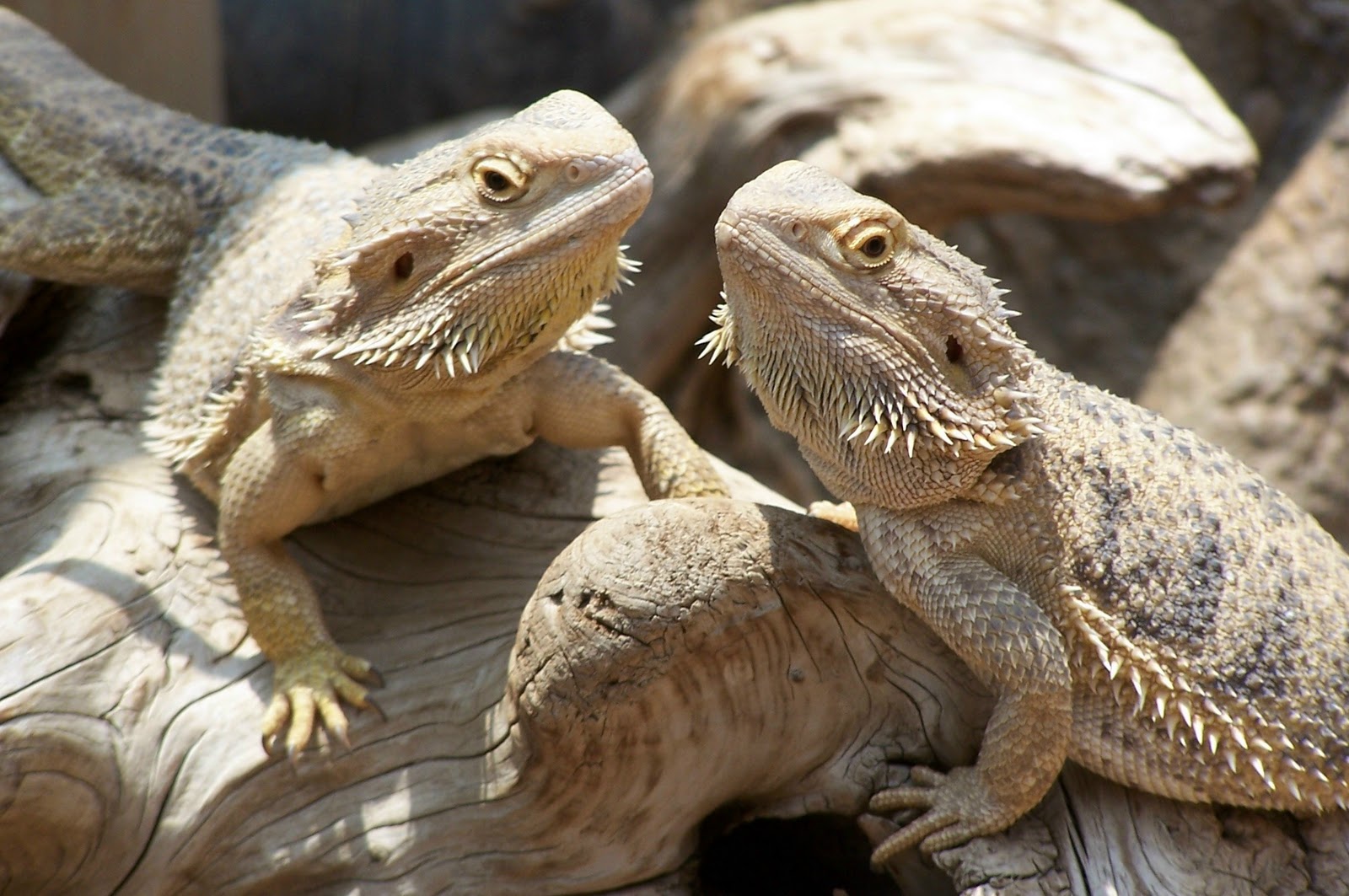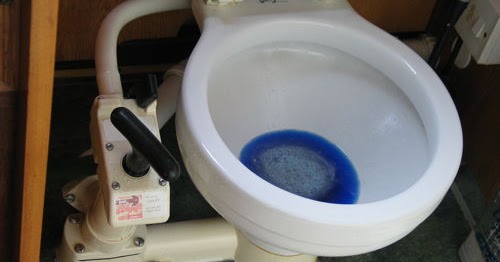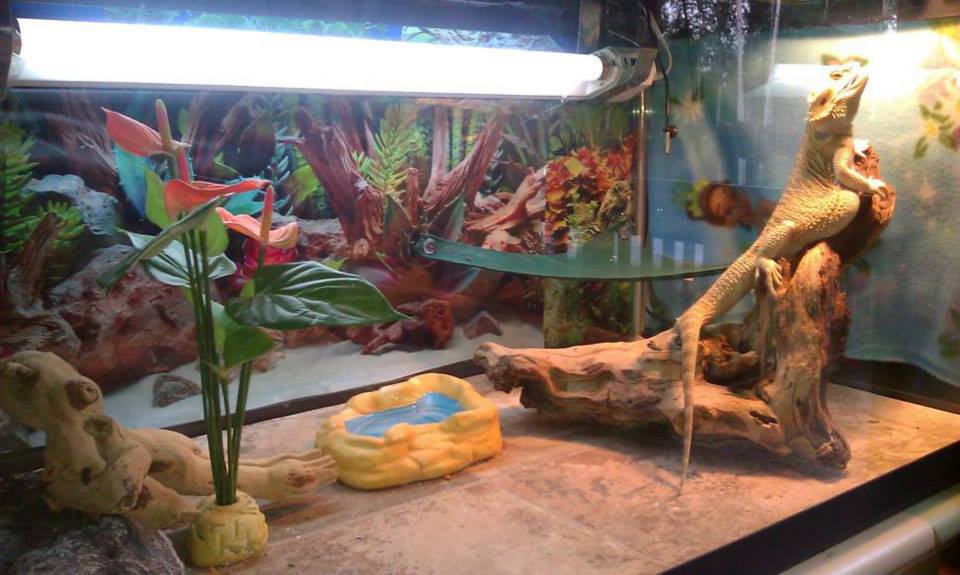10 Simple Tips to Get Rid of the Bearded Dragon Tank Smell
Introduction
As a bearded dragon owner, you may have noticed that their tank can emit an unpleasant smell. This can be due to a variety of factors, including poor cleaning habits, improper ventilation, and feeding. In this blog post, we will discuss 10 simple tips for getting rid of the bearded dragon tank smell and keeping your pet’s environment clean and healthy.
1. Regular Tank Cleaning
The first and foremost step to eliminate the tank smell is to keep it clean. Regular cleaning of the tank, including its accessories, such as rocks, branches, and hides, should be done weekly to prevent the accumulation of waste material. The tank can be cleaned using warm water mixed with vinegar, soap or other pet-safe cleaning agents.

2. Spot Cleaning
The tank should also be spot cleaned daily to prevent waste material from accumulating. This involves removing feces, uneaten food, and any other debris from the tank as soon as possible. A small, handheld vacuum or dustpan and brush can be used for this purpose.

3. Proper Ventilation
An airtight tank can cause poor ventilation, which can lead to the accumulation of humidity and unpleasant odor. Ensure that your bearded dragon’s tank has proper ventilation to keep the air fresh and odor-free. Place the tank in a well-ventilated area, or use an exhaust fan or an air purifier to promote air circulation.

4. Correct Tank Size
The tank size should be commensurate with the size and activity level of the bearded dragon. A small tank can cause overcrowding, which can lead to poor hygiene and more significant problems such as skin infections, which can cause an unpleasant odor. Ensure you provide your bearded dragon with plenty of space to move and perform activities.

5. Proper Feeding
An improper diet can also lead to a smelly tank. Feeding your bearded dragon with low-quality or expired food can make their feces smell bad. Ensure you provide your bearded dragon with fresh fruits, vegetables, and insects to keep them healthy and prevent smelly feces.

6. Limit Feeding in the Tank
Feeding your bearded dragon inside their tank can make the tank smelly. Food particles can stick to the substrate, causing an unpleasant odor, and can make it harder to clean. A separate feeding area outside the tank can eliminate this problem.
7. Use Proper Substrate
The substrate used in the tank can also contribute to the smell. Substrate such as sand or wood chips can trap feces and other debris, leading to unpleasant odors. Recommended substrates include paper towels or reptile carpets, which can be easily cleaned.

8. Provide Proper Basking and UV Lighting
Proper lighting and heating are essential for a bearded dragon’s health and can affect the smell of the tank. Inadequate basking and UV lighting can cause poor digestion and constipation, leading to smelly feces. Ensure your bearded dragon has access to proper lighting to keep them healthy and prevent unpleasant odors.

9. Use Odor Eliminators
In addition to regular cleaning, odor eliminators can be used to get rid of any remaining odor. Products such as activated charcoal, odor-neutralizing sprays, or pet odor eliminators can help mask or eliminate unpleasant odors in the tank. Be sure to choose pet-safe products.

10. Regular Vet Checkups
Finally, regular vet checkups are essential for your bearded dragon’s overall health, including odor-related issues. Consulting with experts on any smell-related concerns is essential. Your vet can also recommend specific dietary or habitat modifications to ensure your pet is healthy and odor-free.

Conclusion
Eliminating the bearded dragon tank smell requires a combination of proper cleaning, diet, and habitat management. We hope this blog post has provided you with the necessary tips to keep your pet’s environment clean, healthy, and odor-free.
